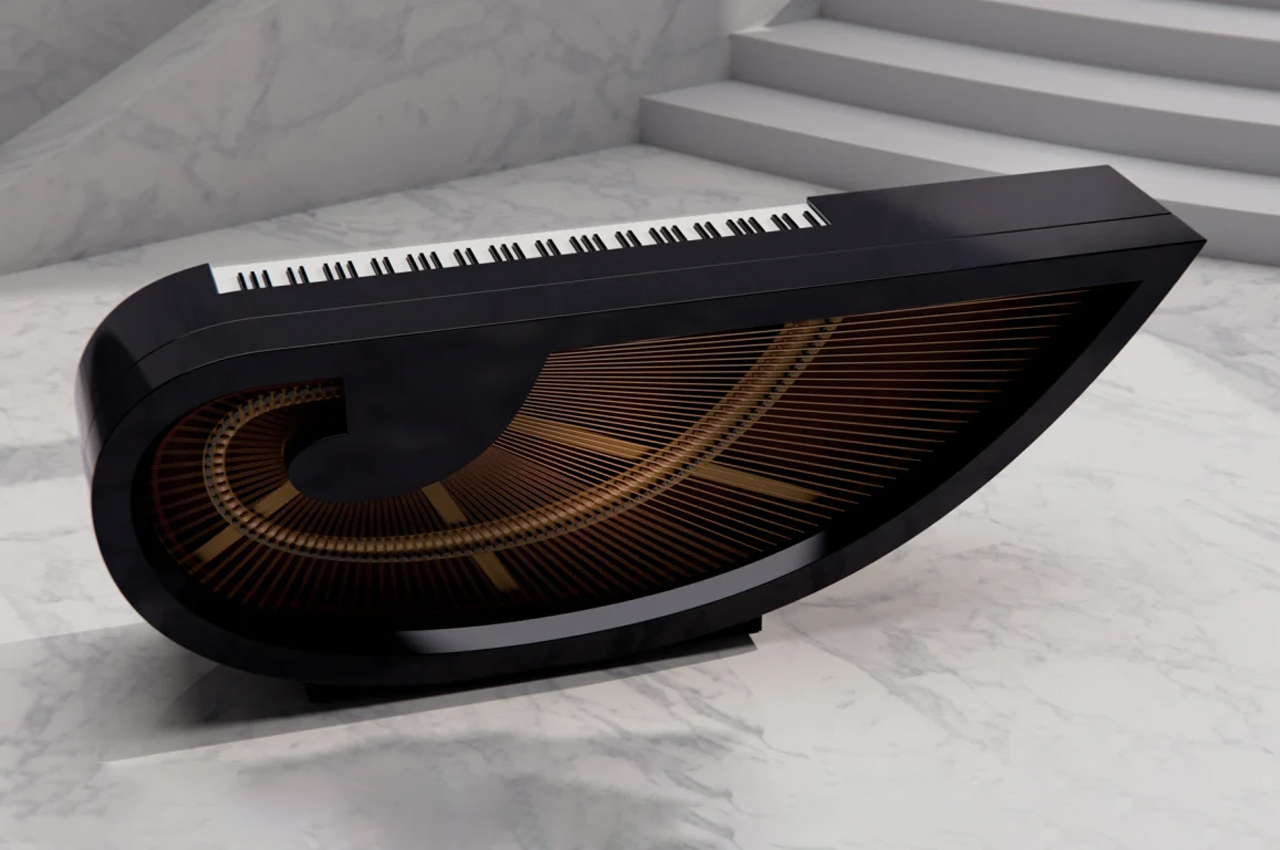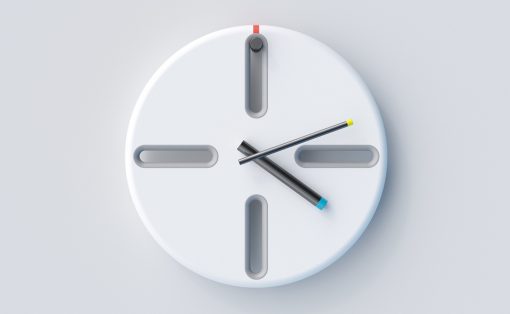For over 300 years, the piano has stood as an emblem of artistic culture, captivating audiences with its majestic sound and elegant design. However, despite its enduring popularity, the grand piano has remained largely unchanged in its fundamental form. That is until now. Enter the Ravenchord, a revolutionary wing-shaped instrument that seeks to redefine the piano’s very essence, liberating its form, function, and usability.
Designer: Whipsaw
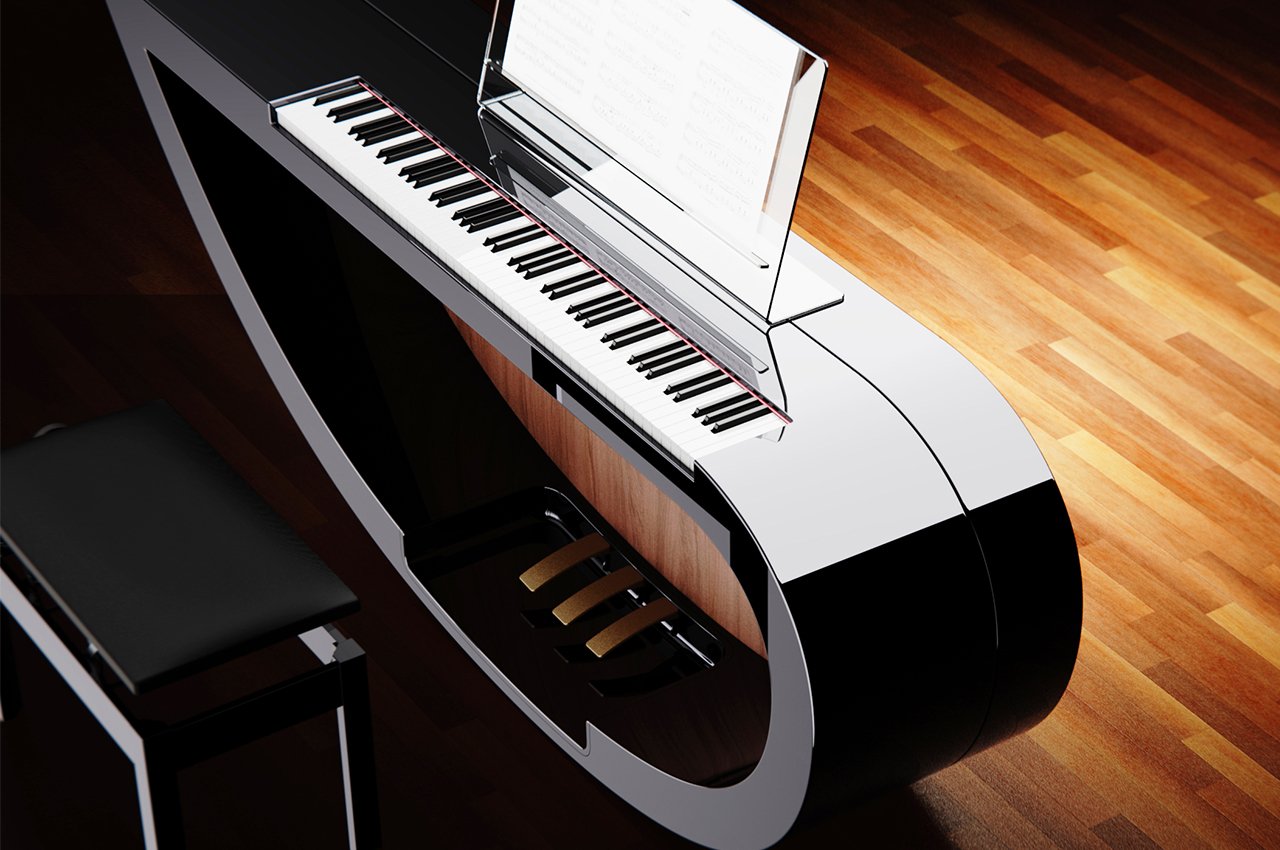
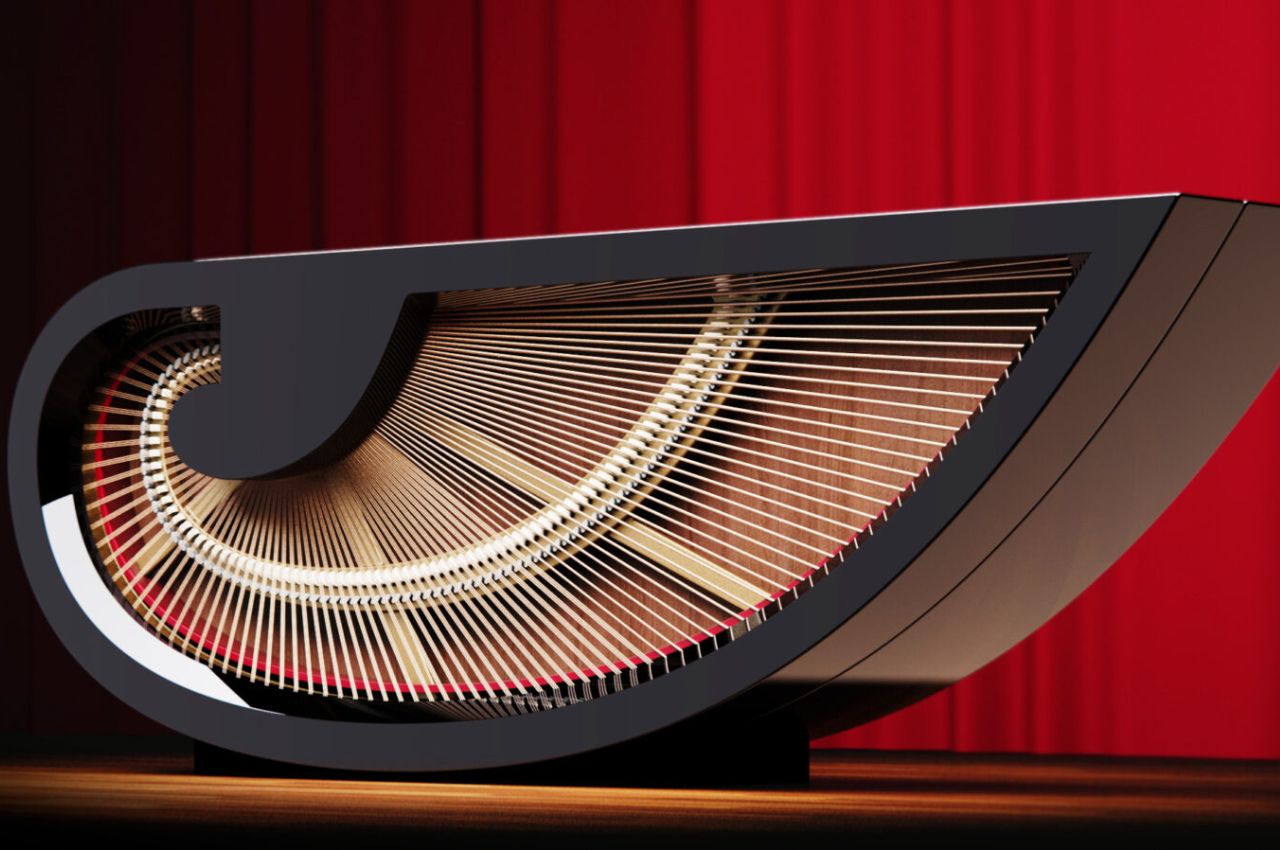
Before we delve into the Ravenchord, let’s take a brief journey through the history of the grand piano’s evolution. The piano, as we know it, has its origins in string instruments like the harpsichord and clavichord. Over centuries, the piano technique underwent significant development during the transition from harpsichord to fortepiano playing, culminating in the modern piano. The emergence of virtuoso pianists and changing musical styles during the Classical and Romantic periods also contributed to the piano’s evolution and the various “schools” of piano playing.
In the year 1000 AD, keys were applied to the monochord and contemporary organs, marking the initial steps toward the piano’s design. The 14th century saw the invention of the clavicytherium, a harp-like triangle arrangement of strings. Progress continued with the clavichord in the 16th century, where additional strings and pins fastened to the keys allowed for string vibration through pressure. Clavichord advancements in the 17th century included assigning individual keys to strings and adding a cloth damper between strings.
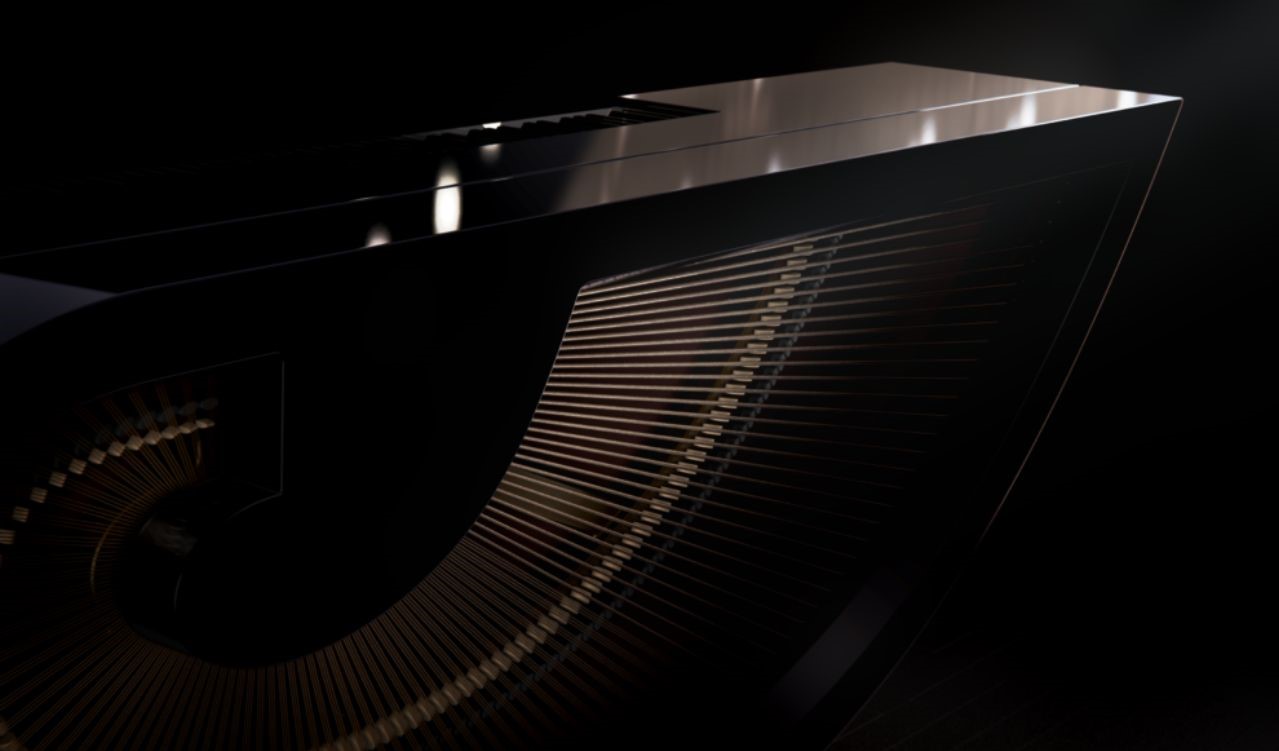
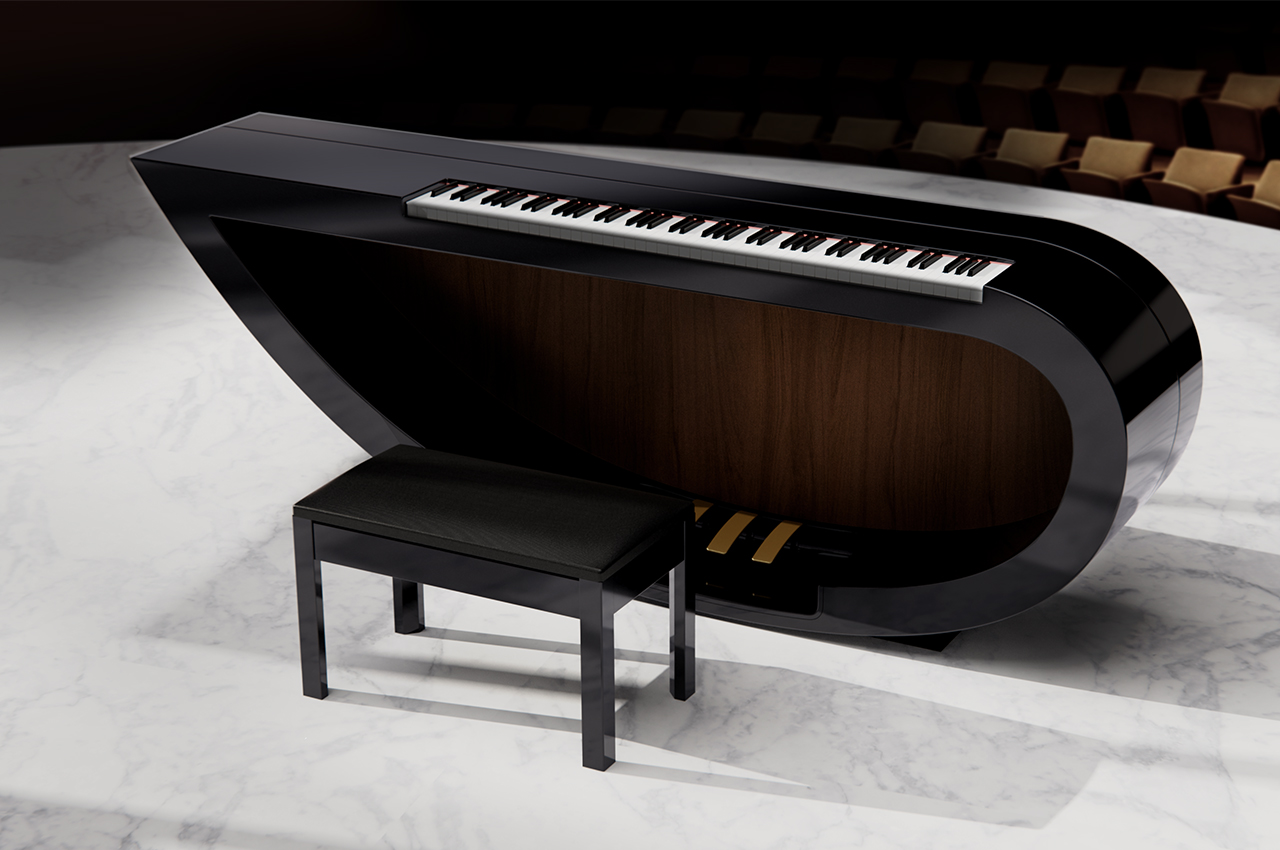
Fast forward to the 18th century, and Cristofori introduced the first hammer-action pianoforte, credited as the piano’s inventor. Early pianoforte designs often favored the wing form, with manufacturers recognizing its advantages for superior sound quality, volume, and engineering. Eventually, the grand piano took center stage in piano making, becoming the preferred style for concert settings and homes alike.
Now, in the latest chapter of the piano’s evolution, a daring proposal named the Ravenchord has emerged. Conceived by a visionary designer named Harden, the Ravenchord resembles a bird’s wing, with strings fanning out from the center. Unlike previous attempts at redesigning the grand piano, Harden’s concept breaks away from tradition entirely, resulting in a piano that is unrecognizable in appearance but still retains the familiar keys and pedals cherished by pianists.
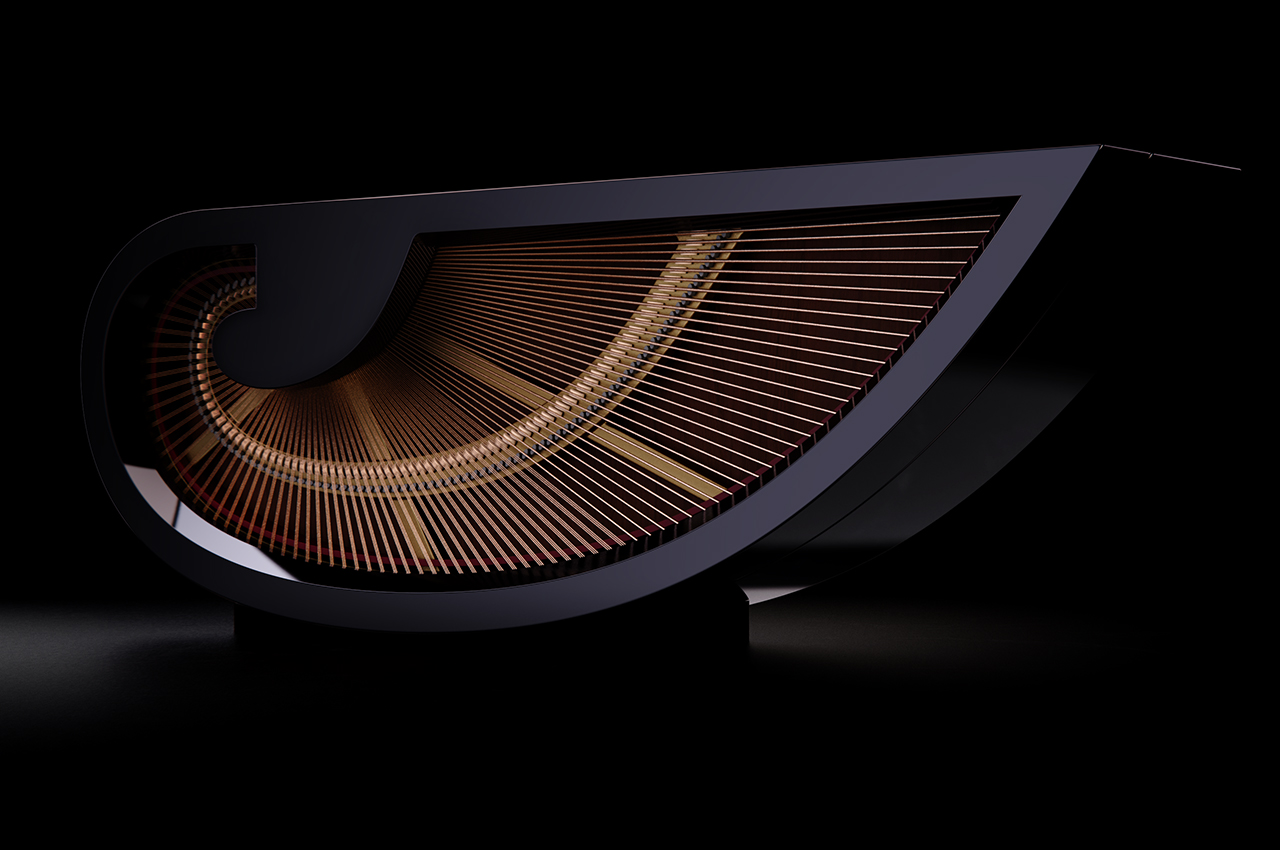
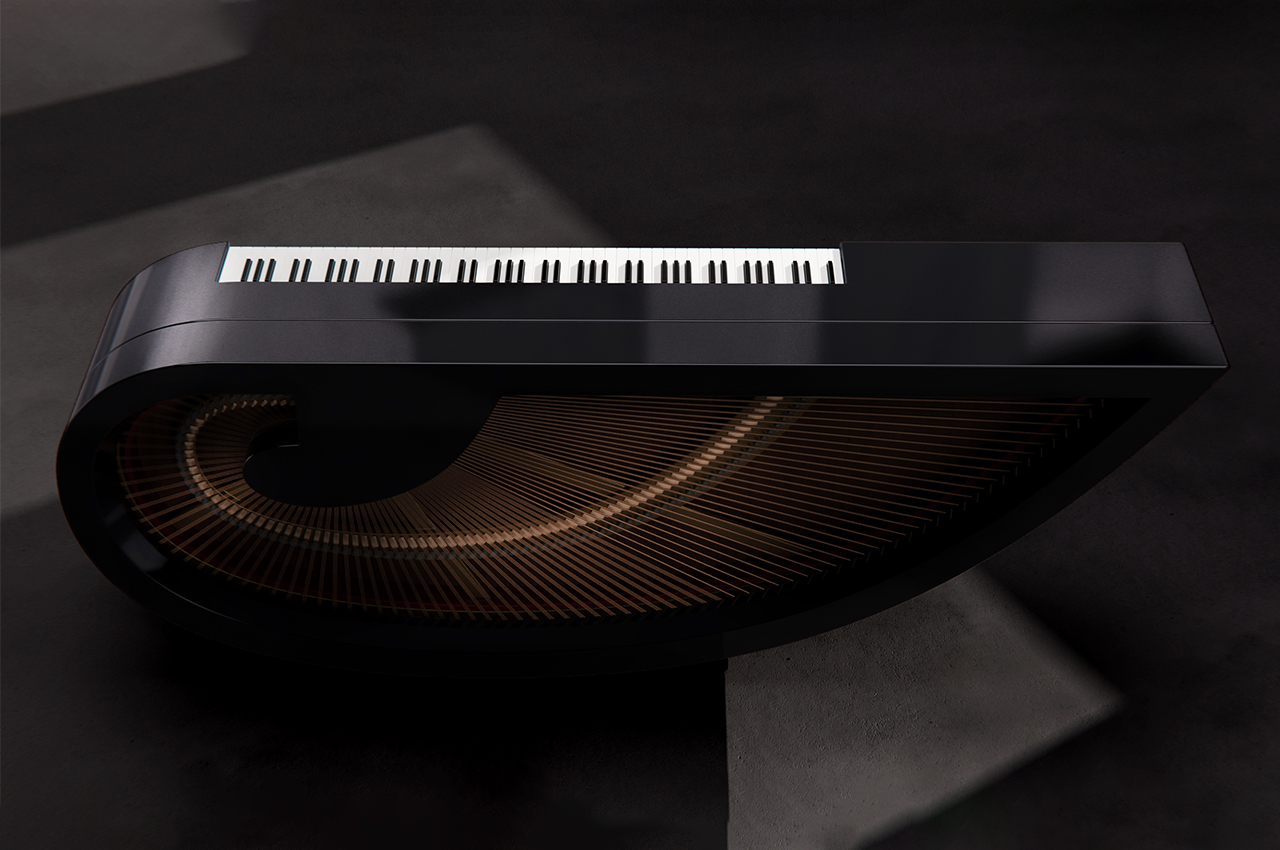
The Ravenchord sets a new standard for the immersive musical experience it offers, captivating the audience on multiple sensory levels. A remarkable aspect of this revolutionary instrument lies in the visual connection it establishes between the performer and the audience. Harden’s ingenious design strips away the mystique of the piano, revealing its internal mechanisms—the hammers, dampers, and strings—unveiling the magic behind the music and adding a new dimension to every performance. Just like the bow sliding against violin strings or drumsticks striking the drumhead, the Ravenchord transforms the grand piano from a mere instrument into an expressive work of art, captivating both the ears and the eyes of the audience.
To enhance the visual appeal, the Ravenchord offers an optional subtle light behind each string, illuminating the impact of the hammers. This unique feature not only adds an aesthetic touch but also provides a clear visual representation of the instrument’s function. As the hammers strike the strings, the illuminated strings amplify the sensory experience. Ultimately, this vulnerable, exposed instrument, along with the performer, bridges the visual disconnect from the piano’s past, inviting the audience to partake in a truly immersive and captivating musical journey.
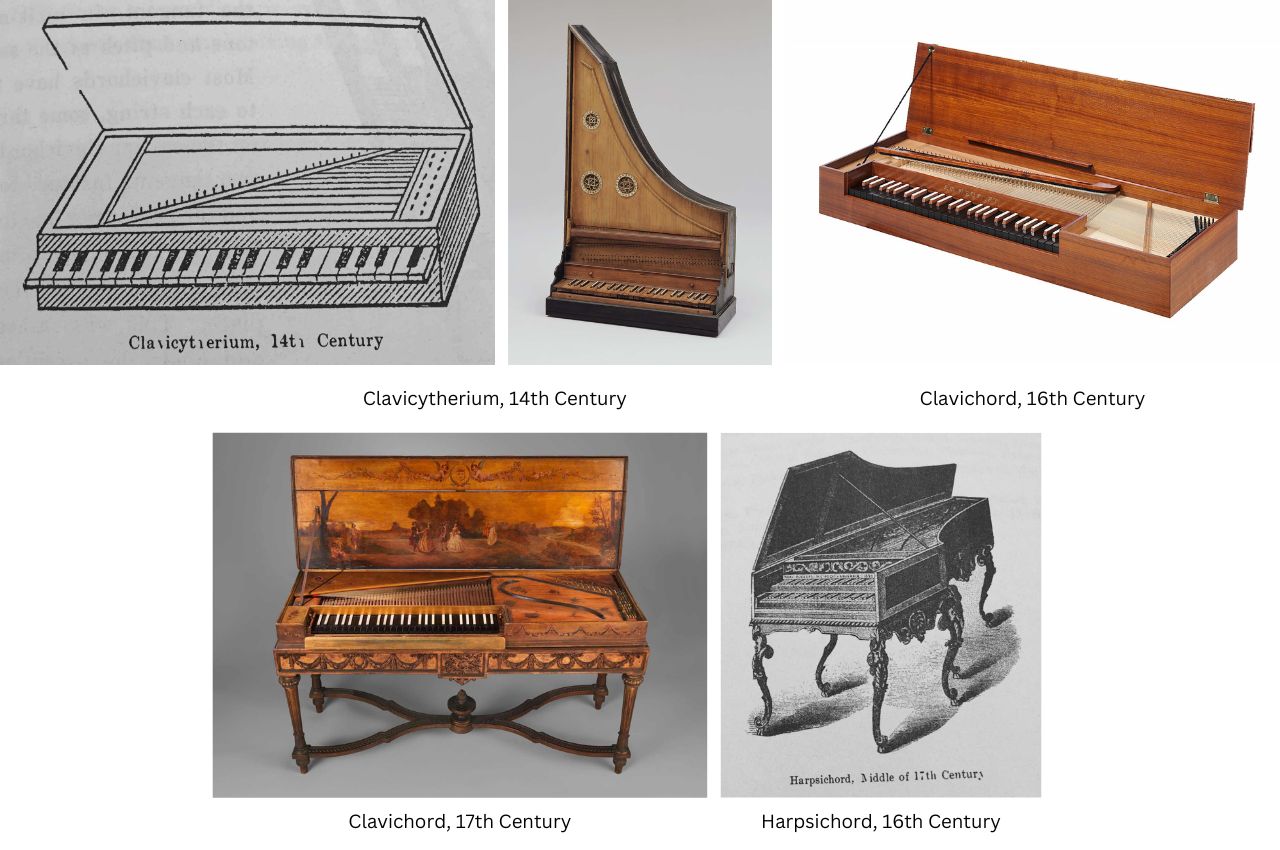
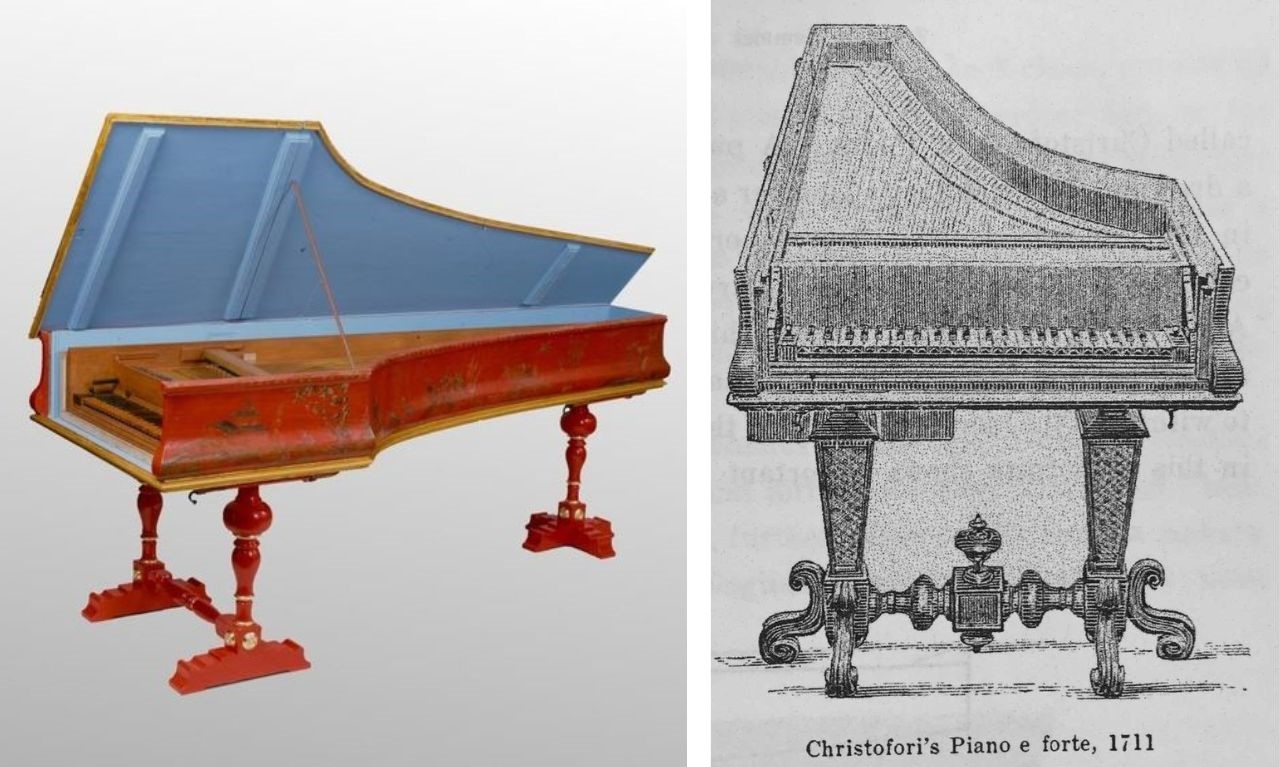
Beyond aesthetics, the Ravenchord also poses interesting implications for sound projection. With the absence of a lid, the instrument could potentially alter sound dynamics within a confined space. While this remains theoretical until a built prototype emerges, Harden believes that the sound will bounce off the Ravenchord’s wooden soundboard and flow directly toward the audience, creating a more immersive listening experience.
Despite the exciting possibilities the Ravenchord presents, challenges lie ahead. Constructing a frame capable of withstanding the immense tension exerted by the 18 tons of strings will be a formidable task. Additionally, achieving the perfect tone with this untested shape will require meticulous craftsmanship and fine-tuning.
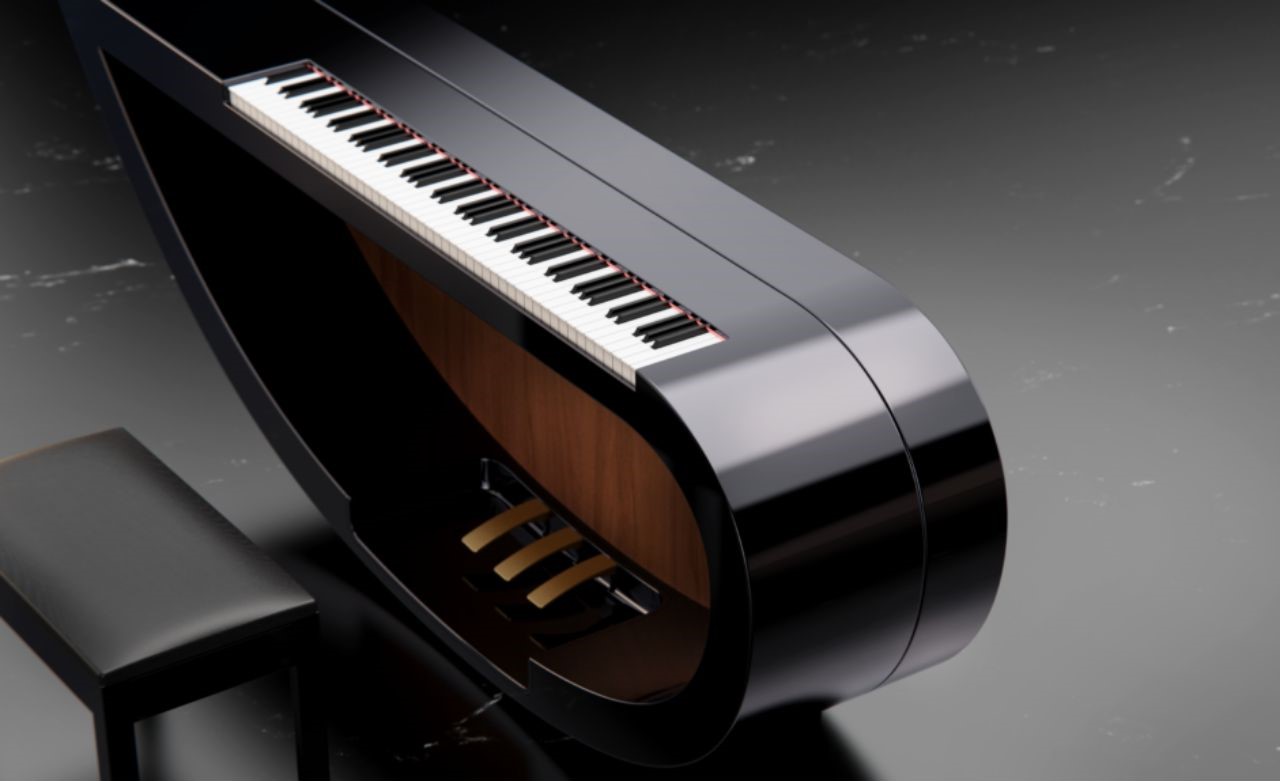
The grandeur of the piano was in its size, which could be incorporated into this though it should be kept in mind to make it look like a thick block from any angle. The grand piano despite its size would never look like a chunk of material placed anywhere because of its slimmer legs. Having said that, the Ravenchord embraces the practicality of modern life. In a world where urban spaces are increasingly limited, this wing-shaped piano offers a compact alternative, appealing to aspiring pianists who crave the grandeur of a traditional piano but lack the space for one. Additionally, with a design that allows for a 20% reduction in weight compared to a grand piano, the Ravenchord becomes a more manageable and portable instrument, expanding its accessibility to musicians worldwide.
Ultimately, the Ravenchord’s success hinges on its ability to win over pianists who have spent their lives mastering the traditional grand piano. Convincing these passionate musicians that their beloved instrument is ripe for reinvention will undoubtedly be the biggest hurdle.
The Ravenchord’s innovative design ushers in a new era of piano performance, where artistry, technicality, and visual allure converge in a symphony of boundless creativity and pushing the boundaries of design and function. Harden’s innovative vision has the potential to reshape the piano’s role in both concert halls and homes, ushering in a new era of musical artistry and creativity. As we eagerly await the first built prototype, it’s with a blend of boundless curiosity and a touch of skepticism that we look forward to witnessing this transformative step in the grand piano’s storied history.
